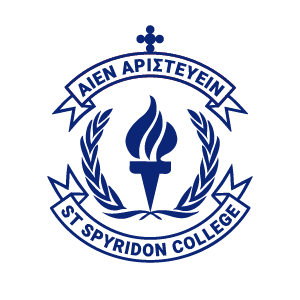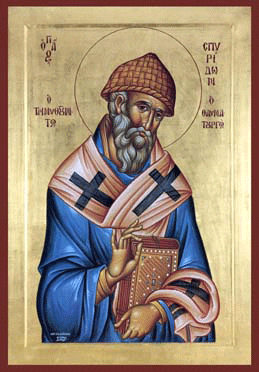We promote educational excellence within a caring environment.

Mission Statement
“We promote educational excellence within a caring environment”
At St Spyridon College we aim to educate our students to take their place in a rapidly changing world with confidence and success.
We endeavour to develop the whole person- strong in mind, healthy in body, endowed with love, faith and compassion, able to make a conscious and positive contribution to the well being of the broader community, our nation and our planet.
In this process, we strive to provide them with the firm foundations of the Greek Orthodox Faith and Hellenic Ideals.
We promote educational excellence within a caring environment
St Spyridon College was established in 1983 and is the first Greek Orthodox College in New South Wales. Our students come from 40 different cultural backgrounds.
The College is situated on the doorstep of the City of Sydney and its proximity to beaches, universities, galleries, museums and the Harbour makes for a very rich learning environment.
Based on two campuses, the College offers technology-rich environments and purpose-built Sports and Performing Arts facilities for Visual Arts, Hospitality, Information Communications and Technology (ICT), Design, the Sciences, Music, Drama and Sports.
At St Spyridon College, we educate our students to take their place in a rapidly changing world with confidence and success. We endeavour to develop the whole person- strong in mind, healthy in body, endowed with love, faith and compassion, able to make a conscious and positive contribution to the wellbeing of the whole community.
Academic performance is strong, with over 90% of Year 12 students continuing to Tertiary studies on completion of the HSC. To maximise HSC and ATAR results, the College offers scholarships for University Entrance, Junior School Dux, ACER scholarships for Year 7 and Year 11 entrance, as well as special programs, such as the Preparing for the Preliminary HSC and HSC Courses. An excellent range of subjects provides access to three learning pathways: From school to University, from school to TAFE, from school to work.
The Junior School has a strong Literacy focus, using the Spalding Multisensory Language and Literacy program. The Preparatory Middle School leads to a successful transition to Senior School studies. As an IPSHA and HICES member school, we participate in Music festivals, sporting competitions, leadership and other state-wide cultural activities.
Extensive co-curricular programs incorporate sports, the performing, spoken and visual arts. As a member of the Independent Sporting Association (ISA) and All Suburbs Independent Schools Sports Association (ASISSA), St Spyridon offers students opportunities to compete at an elite sporting level. We are proud that St Spyridon students have represented the ISA, the State and Australia, in futsal, basketball, netball, gymnastics and swimming.
Building Leadership Capacity in every student is the aim of our Wellbeing program. The four pillars of 21st Education-learning to know, learning to do, learning to be, learning to live together, are strengthened by the cornerstone of learning to love. Our students’ community action takes them from hospices to soup kitchens, where they develop sensitivity, conscience and a sense of responsibility for others. They engage with global issues and contribute enthusiastically to environmental and humanitarian aid programs. They participate in state, national and international youth forums, where they learn from and contribute to debate on current issues.
